Gm Diet Day 5 Vegetarian Plan
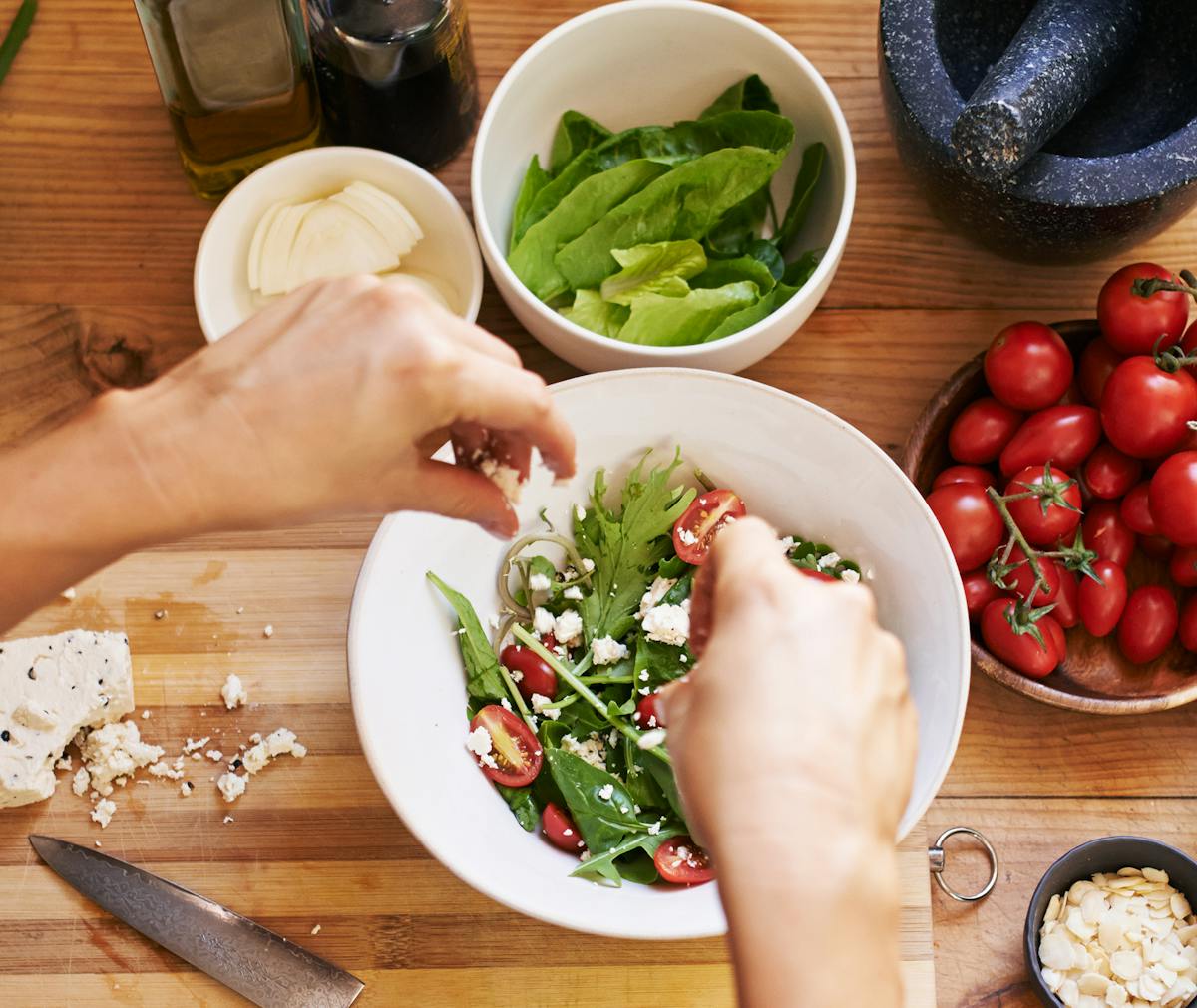
How to follow a healthy vegetarian keto diet
- Introduction
- 5-step action plan
- Avoiding deficiencies
- Recipes
Are you a vegetarian interested in experiencing the many benefits of a keto diet? Or perhaps you're already eating keto but have been thinking about giving up meat for ethical or other reasons.
There's good news: A vegetarian keto lifestyle is definitely doable. However, there are some potential health issues to be aware of.
Read on to learn how to follow a vegetarian keto diet in a healthy, sustainable way.
Introduction
Are there any health concerns for keto vegetarians?
Although some people avoid eating meat due to environmental or animal welfare concerns, others may choose vegetarianism because they believe it is healthier.1 Yet, vegetarian diets are typically high in grains and legumes, which may not be the best choice for those who want to control diabetes with diet rather than medications.2
Additionally, people may find that they often feel hungry and struggle to lose weight when they follow a low-fat, high-carb vegetarian way of eating.3
Therefore, the idea of a keto vegetarian diet may be appealing to many who want to avoid meat but still get the benefits of ketogenic living.
Be aware, though, that on a vegetarian keto diet, it's possible to become deficient in protein, certain essential fats, and some vitamins and minerals.4
However, your risk for nutrient deficiencies depends on what type of a vegetarian diet you follow and the types of food you eat. The more restricted your diet, the more likely you are to become deficient.
What are the different types of vegetarians?
These are the different vegetarian categories, in order of strictest to most liberal:
- Vegans avoid dairy, eggs, seafood, poultry, meat, and other animal products, including honey in most cases.
- Lacto vegetarians eat dairy but avoid eggs, seafood, poultry and meat. People in India who are vegetarians mainly follow this way of eating.
- Lacto-ovo vegetarians eat dairy and eggs but avoid seafood, poultry and meat. This is the most common form of vegetarianism in the US, Europe, and other western countries.
- Pescatarians eat seafood, dairy, and eggs but avoid poultry and red meat. This way of eating is considered semi-vegetarian and doesn't pose any greater risk for nutrient deficiencies than diets that include meat.5
Which vegetarian diets work best with keto?
Keto can be incorporated into most vegetarian lifestyles. Of course, the more liberal forms of vegetarianism allow a wider range of food choices, which can make mealtimes more enjoyable.
Even a vegan-keto approach is possible, but it's much more challenging. As humans, we need to consume complete protein containing all nine essential amino acids.6 While animal protein provides all the essential amino acids in the amounts we need, most plants lack one or more of them.7
By excluding all animal products, vegans typically rely on a combination of grains, legumes, and seeds to meet their essential amino acid needs. These foods may not be a good fit for a keto diet, which is usually restricted to 20 grams of net carbs (total carbs minus fiber) per day.
The "Eco-Atkins" is one option for those who want to avoid all animal products.8 Eco-Atkins is entirely plant based and contains fewer carbs than most vegan plans. However, it isn't considered keto because it includes grains and provides over 50 grams of net carbs per day.
To learn more about combining carb restriction with a vegan lifestyle, see our evidence-based guide, How to eat low-carb as a vegan.
5-step action plan for eating a vegetarian keto diet
Here is our 5-step action plan for eating a well-formulated vegetarian-keto diet. Click on the steps to scroll down and learn more about why we recommend it.
- Reduce carbohydrates
- Include protein
- Eat 1 to 3 servings of vegetables at least twice a day
- Use healthy oils for cooking and when making salad dressings
- Season your food with different herbs and spices
1. Reduce carbohydrates
In order to get into ketosis and remain there, it's best to limit your net carb intake to 20 grams per day.9 This means you'll need to avoid many popular vegetarian protein sources, such as quinoa, buckwheat, legumes, and pulses. These foods are too high in carbs to be part of a ketogenic lifestyle for most people.
Also be sure to steer clear of milk, starchy vegetables, and fruits, other than perhaps a small amount of berries.
2. Include a high-quality protein source at every meal
As discussed earlier, with few exceptions, only the protein in animal products contains all nine essential amino acids in the amounts your body needs. Combining keto-friendly low-carb plant proteins, such as nuts and seeds, with animal protein sources like dairy and eggs can improve the protein quality of a vegetarian diet.
At Diet Doctor, we recommend that most people aim for 1.2 to 2.0 grams of protein per kilo of reference body weight.10 That usually comes out to at least 70 grams of protein on a keto diet per day, depending on health conditions, body composition, activity level, and age.
How much do you need? Use the simple chart below to find out what your minimum daily protein target should be, based on your height.11
The indicated goal represents the middle of the recommended protein intake range. For a more detailed discussion on protein requirements, see our evidence-based guide, How much protein should you eat?
Minimum daily protein target
| Height | Women | Men |
|---|---|---|
| Under 5'4″ ( < 163 cm) | 90 grams | 105 grams |
| 5'4″ to 5'7″ (163 to 170 cm) | 100 grams | 110 grams |
| 5'8″ to 5'10" (171 to 178 cm) | 110 grams | 120 grams |
| 5'11" to 6'2″ (179 to 188 cm) | 120 grams | 130 grams |
| Over 6'2″ (188 cm +) | 130 grams | 140 grams |
Our top 3 vegetarian proteins
- Egg: Contains high-quality, easily digestible protein; provides choline which has been associated with better brain function12; extremely versatile and economical. 14 grams of protein and 1 gram of carb per two large eggs
- Greek yogurt: Rich in protein; excellent source of calcium, potassium, and magnesium; provides probiotics that are potentially beneficial for gut health and immunity.13 15 to 20 grams of protein and 4 to 7 grams of carbs per 6 ounces (170 grams)
- Hemp seeds: High in protein; rich in soluble fiber; great source of magnesium, potassium and omega-3 fatty acids. 9 grams of protein and 1 gram of net carb per ounce (28 grams)
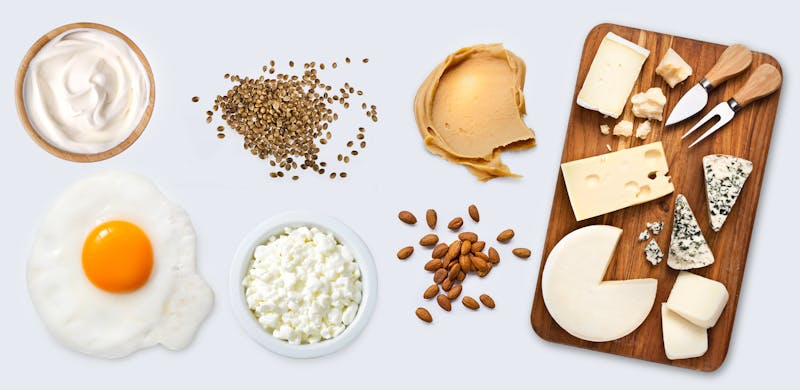
Other great keto vegetarian protein sources
- Cottage cheese: 20 grams of protein and 6 grams of carbs per 6 ounces (170 grams)
- Parmesan and Romano cheese: 9 to 10 grams of protein and 1 gram of carb per ounce (28 grams)
- Hard and semi-hard cheese (cheddar, gouda, provolone, Swiss, etc.): 7 to 8 grams of protein and 0.5 to 1.5 gram of carbs per ounce (28 grams)
- Soft cheese (Brie, Camembert, feta, blue cheese, queso blanco, etc.): 4 to 6 grams of protein and 0 to 1 gram of carb per ounce (28 grams)
- Peanut or almond butter: 7 to 8 grams of protein and 4 grams of net carbs per 2 tablespoons (32 grams)
Keep in mind that you'll get small amounts of protein from vegetables as well. Most vegetables provide about 2 grams of protein per cup.
We recommend getting most of your protein through minimally processed food rather than through protein powders, bars, or shakes.
What about soy?
Soy products, such as tofu, can be a good source of plant-based protein. However, concerns have been raised about the health effects of soy isoflavones based on animal and test-tube studies.14 Yet, the research on soy when consumed by humans is mainly positive regarding safety and disease risk.15
Although soy doesn't seem to cause problems for people with normal thyroid function, there's been conflicting evidence in people with subclinical hypothyroidism (also known as mild thyroid failure).16
Soy isoflavones may interfere with thyroid hormone absorption if your iodine intake isn't sufficient.17 For this reason, it's a good idea to make sure you're getting enough iodine when regularly consuming soy, especially if you have hypothyroidism. The best low-carb vegetarian sources of iodine include iodized salt, seaweed, and yogurt.
At this time, some concerns remain about soy consumption in people with thyroid problems, as well as the long-term health effects of consuming ultra-processed products like soy protein powders and supplements.18
However, if you want to avoid animal products on a keto or low-carb diet, the benefits of soy seem to outweigh the risks.19
Although the potential risk to thyroid function appears very small, those who consume soy on a regular basis may want to consider having their thyroid function monitored periodically while also including iodine food sources in their diet.
Soy protein options
- Tofu (extra firm): 19 grams of protein and 2 grams of net carbs per 5 ounces (140 grams)
- Edamame beans: 17 grams of protein and 5 grams of net carbs per 5 ounces (140 grams)
- Tempeh: 20 grams of protein and 4 grams of net carbs per 3.5 ounces (100 grams)
- Natto: 18 grams of protein and 9 grams of net carbs per 3.5 ounces (100 grams)
3. Have one to three servings of very low-carb vegetables at least twice a day
There are plenty of keto-friendly vegetables that taste delicious, provide a nice dose of fiber, and help you to meet your daily micronutrient needs.
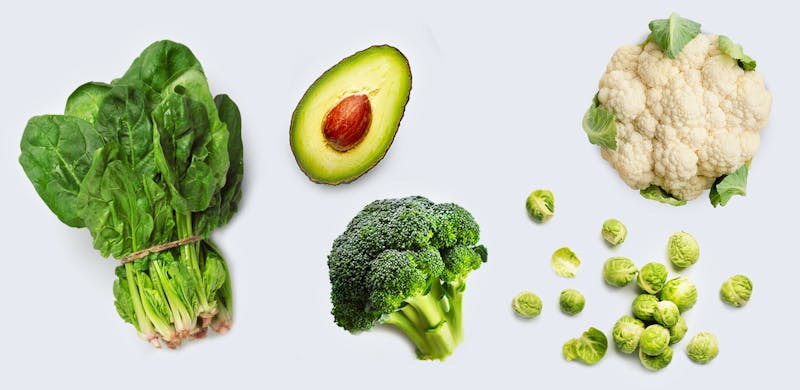
Our top 5 keto vegetables
- Spinach: rich in iron, potassium, and magnesium, with 1 gram of net carb per serving
- Zucchini: a good source of vitamin B6, vitamin C, and potassium, as well as a fantastic noodle substitute, with 3 grams of net carbs per serving
- Avocado: (technically a fruit) excellent source of potassium, magnesium, and fiber, with 2 grams of net carbs per serving
- Brussels sprouts: rich in vitamin C, potassium, and folate, with 5 grams of net carbs per serving
- Cauliflower: a great source of vitamin C and fiber and the perfect keto-friendly sub for mashed potatoes and rice, with 4 grams of net carbs per serving
For more tips on what low-carb vegetables to eat, check out our low-carb vegetable guide.
4. Use healthy oils for cooking and when making salad dressings
Natural fats improve food's texture and can help you stay full and satisfied for hours. In addition, they're necessary for proper absorption of the fat-soluble vitamins A, D, E, and K.
Since fats contribute most of your calories on a keto diet, it's important to choose healthy, natural keto fats and condiments, such as butter, ghee, coconut oil, olive oil, and avocado oil for meal preparation and at the table.20
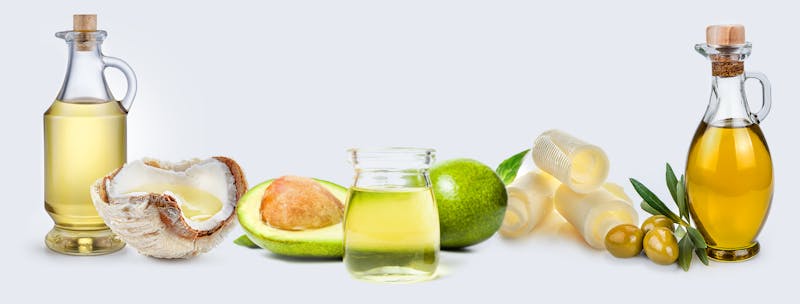
Although the data regarding vegetable and seed oils and their health effects are inconclusive, as a general policy we recommend focusing on less processed foods closer to their natural source.21
5. Season your food with different herbs and spices
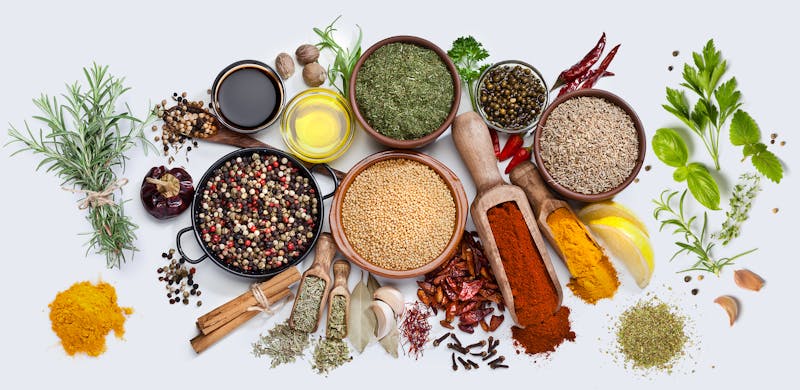
Cooking with herbs and spices can help increase variety on a vegetarian diet. What's more, they're an additional source of micronutrients and provide very few net carbs. Besides the more common ones like basil, rosemary and cinnamon, experiment with some you haven't tried as well. You may find a few new favorites!
How to avoid nutrient deficiencies on a vegetarian keto diet
Vegetarians often rely on grains and legumes to meet their daily micronutrient needs. On a vegetarian keto diet, where these foods are restricted, make sure to consume adequate amounts of omega-3 fats, iron, calcium, vitamin B12, vitamin D, zinc, potassium, and magnesium.
If you follow our 5-step plan, which involves eating high-quality vegetarian protein sources and plenty of very-low-carb vegetables, you should be able to meet these needs. If you want to be extra sure, include the foods below on a regular basis to provide your body with the micronutrients keto vegetarians sometimes don't get enough of:
Nuts & seeds
- Almonds
- Chia seeds
- Flax seeds
- Hemp seeds
- Pumpkin seeds
- Walnuts
- 100% dark chocolate
- Unsweetened cocoa
Vegetables
- Artichokes
- Broccoli
- Brussels sprouts
- Kale
- Mushrooms
- Spinach
- Swiss chard
Dairy
- Plain greek yogurt
- Cheese
If you follow these steps, but still don't feel your best, you may benefit from paying attention to which nutrients you could be deficient in. Click on the button below to see the appendix on specific nutrients that can be an issue for keto vegetarians.
But remember that if you feel good and are eating a range of nutrient-dense foods, you probably don't need to worry about specific micronutrients. Keeping things simple typically does the trick!
Appendix
Delicious vegetarian keto recipes
At Diet Doctor, you can find many delicious keto vegetarian options, from classics like Caprese salad to more unusual dishes like Keto goat cheese and mushroom frittata.
Here are a few other keto vegetarian recipes you'll love:
Vegetarian-keto breakfasts
Vegetarian-keto meals
Staying keto vegetarian long term
It's clearly possible to be both keto and vegetarian. The biggest issues may be lack of variety and meeting your nutrition needs on a regular basis without eating meat or seafood.
However, choosing foods rich in key nutrients, experimenting with different vegetable and protein combinations, and using a wide range of herbs and spices can help you create a keto vegetarian lifestyle that is healthy, sustainable, and pleasurable.
/ Franziska Spritzler, RD
Top posts by Franziska Spritzler
-
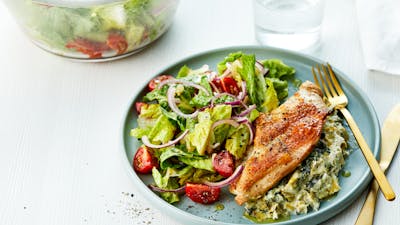
14-day keto diet meal plan with recipes and shopping lists
-
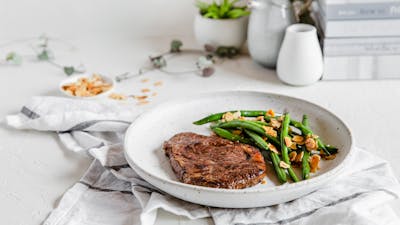
14-day high-protein meal plan
-
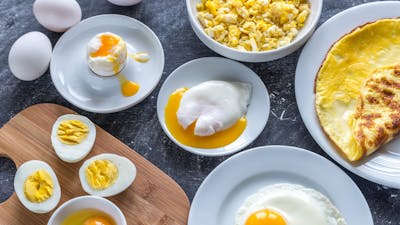
Eggs: 10 health benefits and nutrition facts
Top keto basics videos
-
MEMBERS ONLY

-
MEMBERS ONLY

-
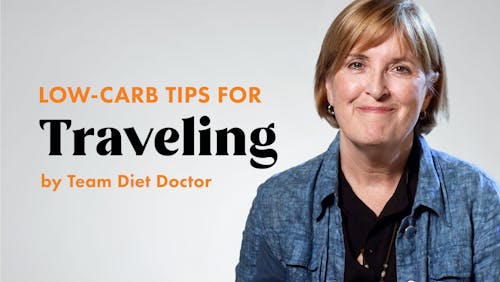
-
MEMBERS ONLY
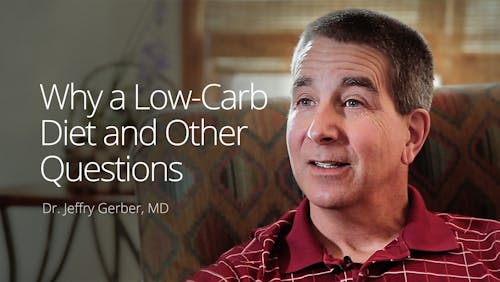
-
MEMBERS ONLY

-

-
MEMBERS ONLY
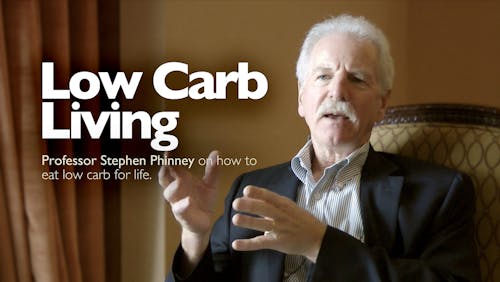
-
MEMBERS ONLY
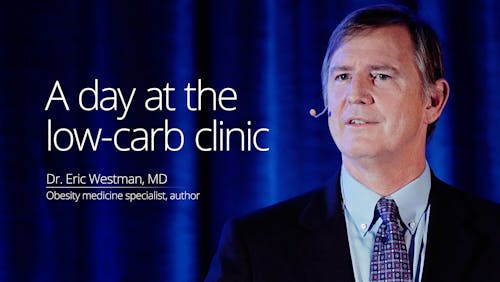
-
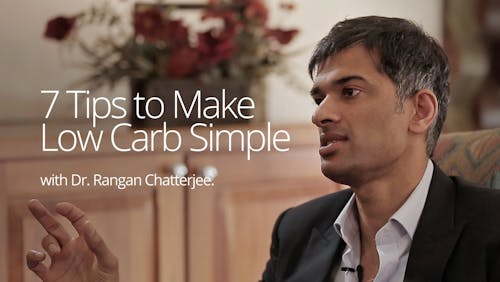
-
MEMBERS ONLY
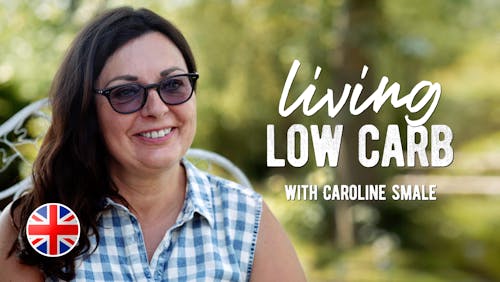
-
MEMBERS ONLY
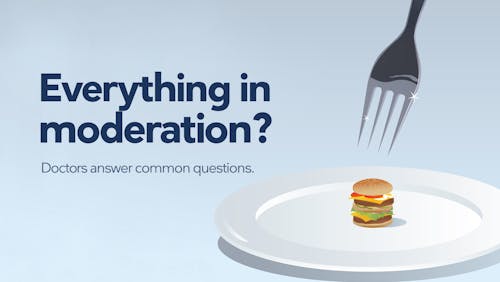
-
MEMBERS ONLY
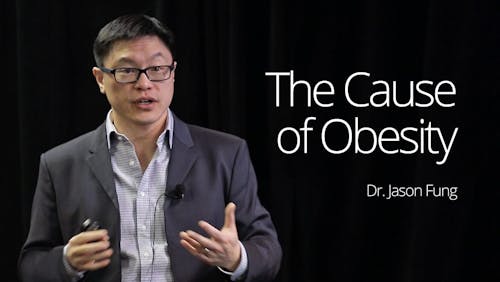
-
MEMBERS ONLY

-
MEMBERS ONLY
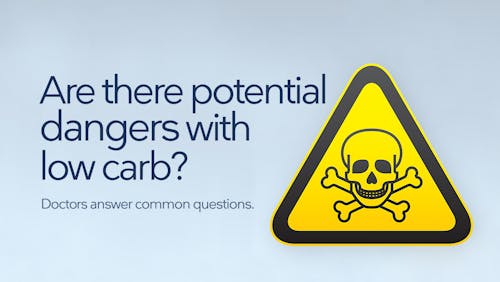
-

-
MEMBERS ONLY
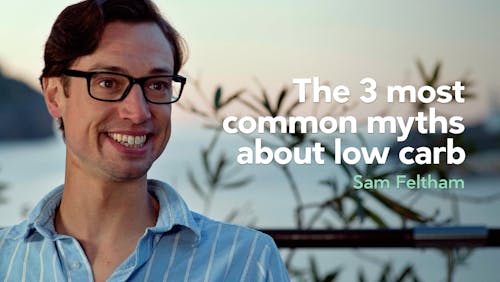
-
MEMBERS ONLY

-
MEMBERS ONLY
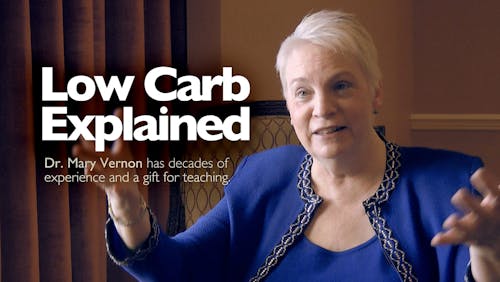
Source: https://www.dietdoctor.com/low-carb/keto/vegetarian
0 Response to "Gm Diet Day 5 Vegetarian Plan"
Post a Comment